More than 15 years ago, we used an average of two touchpoints when purchasing an item, and a meagre 7% used more than four. Today, we use an average of six touchpoints – with 50% using more than four. This is the future of B2B: the omnichannel experience.
Technology is becoming increasingly integrated into our daily lives. As we become more accustomed to this, our needs will evolve. This means that businesses, marketers and decision-makers must adapt accordingly to meet this new set of expectations.
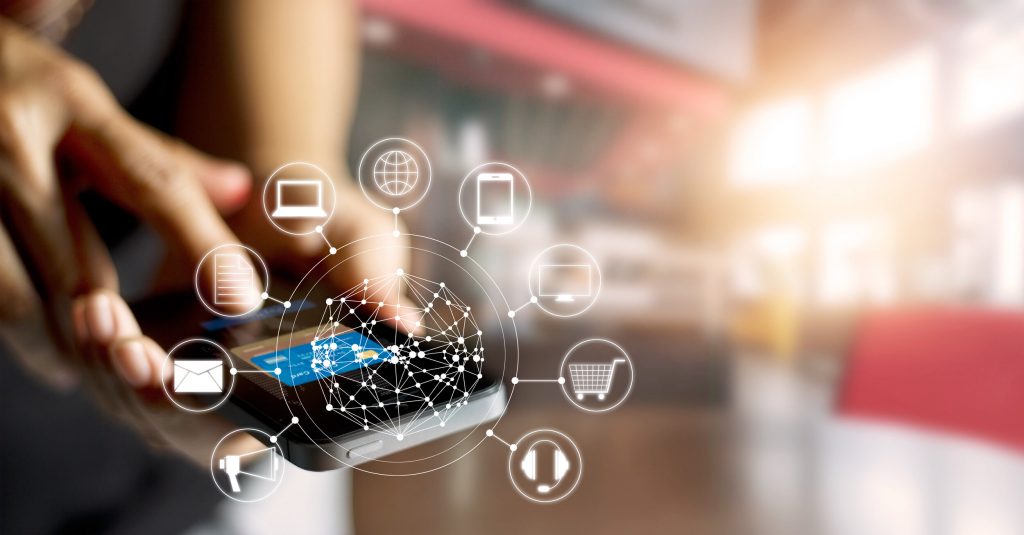
But first, let’s define omnichannel and separate it from another popular term – multichannel.
Are Multichannel and Omnichannel the Same Thing?
These two terms are often used interchangeably, but they do not have the same definition.
A multichannel strategy is when a business has several different touchpoints, such as a physical store, a website and a Facebook page. While different platforms are used to engage with their customers, they still lack consistent messaging across channels.
What is available in the physical store, for example, cannot be found on their website. Promotions advertised on their Facebook page may differ from the website.

An omnichannel strategy, on the other hand, ensures all channels are connected. It is the process of integrating all your touchpoints (from digital to physical) in a seamless customer journey.
Why is Omnichannel E-commerce Important for B2B Players?
73% of B2B buyers are tech-savvy millennials. B2B players must adapt or risk being left behind.
Customers Have Higher Expectations
Shopping online is second nature to the majority of buyers. Placing an order on your desktop and approving the payment through your mobile phone is common. We effortlessly switch between channels – almost like a habit.
Our recent article, From Clicks to Customers? Myths on Moving Online, breaks down why businesses are still hesitant to move online. Read here!
B2B buyers are also B2C consumers themselves, and what they have come to expect as consumers, they will expect from B2B sellers.
As B2C consumers in a world where efficient and personalised messaging is part of the customer experience, B2B buyer expectations are higher than ever – and the bar must be raised to meet them.
Customers Connect with Brands They Trust
In an Accenture survey, 75% of B2B buyers have said that they are likely to repeatedly purchase from the same supplier if they display a strong omnichannel strategy.
It’s easy to understand why. When customers feel that their needs are being taken care of, it increases the likelihood of developing a long-term partnership with the brand.
Customer Journey Involves Multiple Channels
It is becoming increasingly common for several channels to be involved in a single purchasing journey.
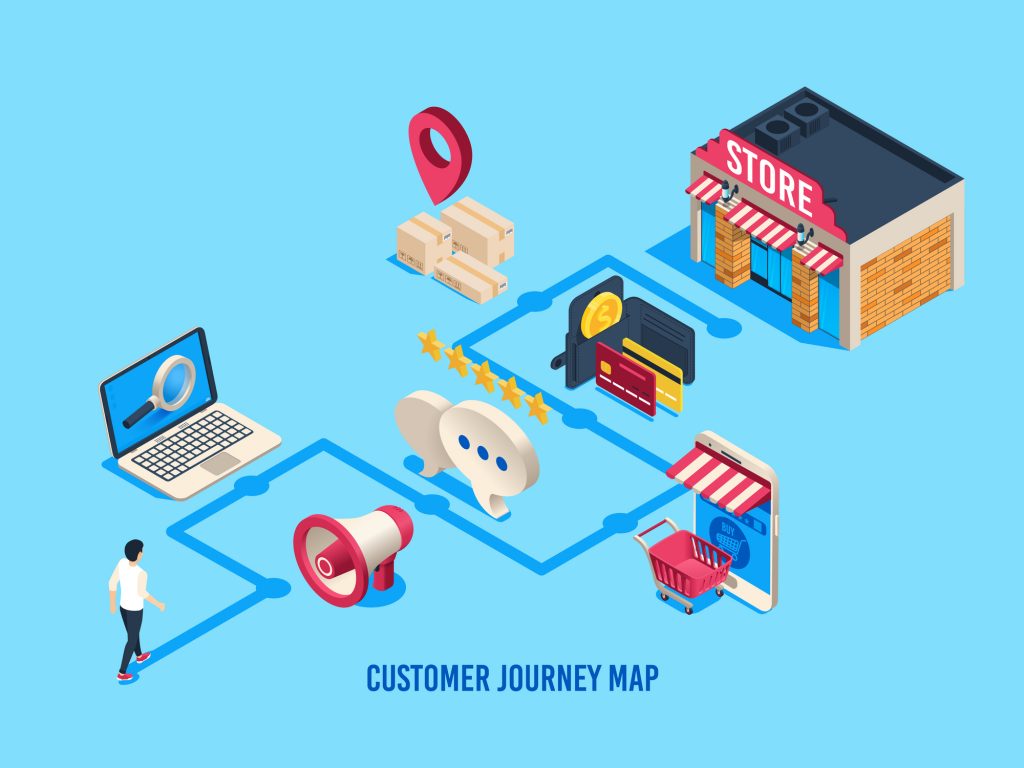
Customers are likely to have gone through multiple touchpoints before making a purchase at your online store.
With so many different mediums involved, B2B businesses must create a well-integrated experience. This means that everything – from your branding to your promotional messaging – must support one another to ensure a consistent buyer’s journey.
How Adopting Omnichannel E-commerce Adds Value for B2B Players
Of course, going omnichannel doesn’t just benefit your customers – it adds value for you as a business too.
Self-Service Integration
Recent reports have shown an increasing preference for self-service. Across multiple industries, it is reported that 81% of customers attempted to solve problems by themselves before reaching out to a customer representative and 70% of customers expect a company’s website to include a self-service application.
When done correctly, self-service technology benefits the company as a whole, such as:
- Unifying comprehensive self-service support, like live chats, built-in online knowledge portals and forums, with traditional customer service saves customers from having to repeat themselves across several different channels.
- Companies can save on cost and time by increasing first-contact resolution (FCR).
- Customer service reps have better insight into a customer’s history upon contact.
- It drives customer engagement by raising product education and providing customers with new feature updates.
Improved Sales and Conversions
Aside from allowing your customers to shop from multiple platforms across different devices, the flexibility in being able to switch between channels raises the buying opportunity.
Having multiple touchpoints not only allows you to meet your customers where they are, but it also opens up the funnels to attract potential customers. On top of providing customers with more touchpoints to make a purchase, you’re also giving them more ways to access product information.
Better Brand Awareness
In a saturated e-commerce space, having more than one channel is an imperative element to maintain and grow your customer reach.
As B2B customers are researching products on different avenues, an omnichannel strategy allows more opportunities for better engagement. Having visibility across several platforms is a great way to reinforce your brand image and reach different customer segments.
Increased Efficiency
Healthy omnichannel practices provide B2B businesses with a centralised database of product information, pricing, promotions and more. As a result, businesses are able to address issues, fix problems and better serve their customers.
For example, customers can research and order products from your online store and pick-up at your physical outlet. A well thought-out omnichannel strategy makes it easier to integrate all of your marketing, sales, inventory and customer support systems in one seamless journey.
Heightened Data Insights
As customers navigate across different touchpoints, you have the ability to track their actions. From engagement levels to purchasing history, businesses can tap into user data to provide better experiences.
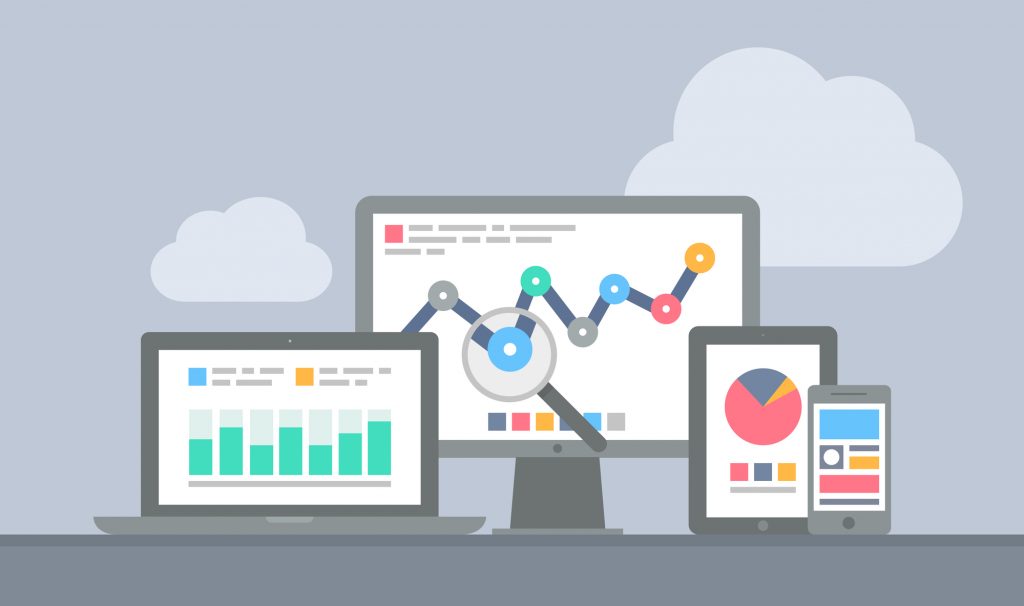
This paves the way for more targeted and personalised strategies to further drive your growth.
The Biggest Challenge for B2B Players Wanting to Adopt Omnichannel
B2B buyers are accustomed to the perks of a hyper-efficient B2C e-commerce landscape, but there is still a digital divide that requires the more traditional B2B businesses to play catch up.
While it is inevitable that B2B players need to implement omnichannel strategies, it is a process that requires thoughtful shifts.
Adopting these new systems means businesses need to invest in the technology and expertise that helps align their omnichannel offerings with the expectations of increasingly discerning B2B buyers.
This brings us to…
How to Implement A Successful Omnichannel Strategy
Business customers of today seek out companies that are attentive to their needs, share their values and can deliver relevant and succinct information.
We look at four important elements to implement a successful omnichannel strategy.
Understand Your Buyers’ Behaviors by Creating Buyer Personas
Look beyond the generic customer profile and identify the distinct traits that differentiate them. Then, create audience segments that you can target with personalised messaging that is relevant to each group.
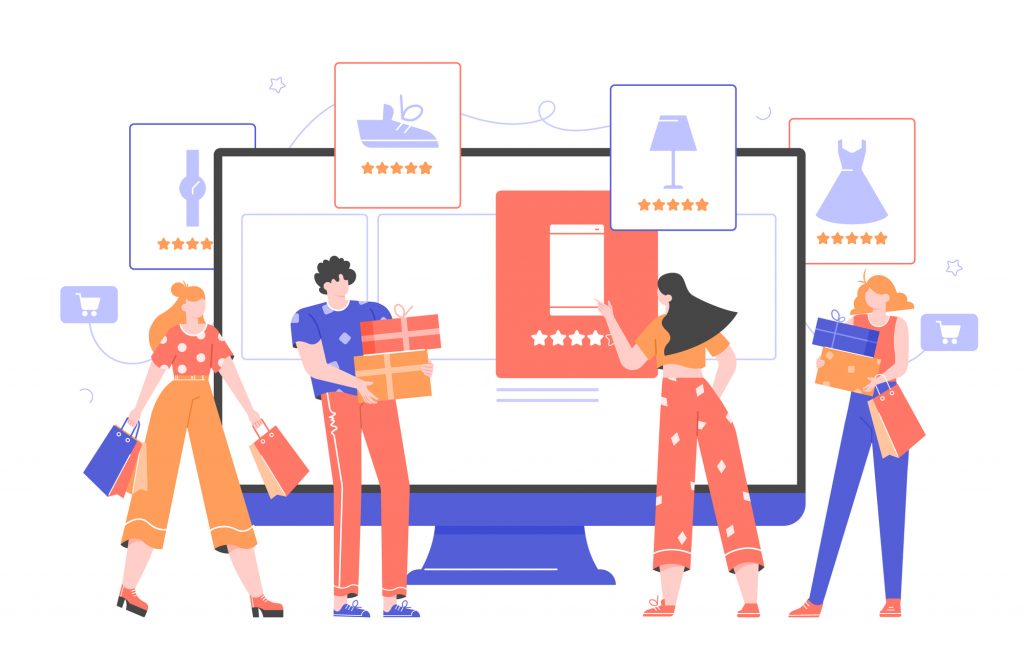
Focus on their purchasing journeys. What are they looking for and how frequently are they shopping? What devices are they using? Where is the traffic coming from? The more insight you have into how your customers are shopping, the easier it will be to tailor your omnichannel strategy.
Put yourself in the shoes of your customers. Go through the entire purchasing journey, from the initial click to the final checkout to learn more about potential pain points and blind spots.
Analyse Data
Now that you’ve created personalised experiences for your different customer segments, the next step is to leverage customer data to monitor your performance. Turn them into insights. This will inform your future strategy decisions and help you take on an active role in improving your services.
Dynamic customer data allows you to adapt your omnichannel strategy to be more responsive to elements such as product inventory updates, information, and more. Some examples of data include best-selling products, order history, devices used, and frequency of purchases.
Identify and Prioritise Your Channels
Going omnichannel does not mean enlisting in every communication channel. It means identifying and investing in the ones that are most relevant to you and your customers.
Listen to your customers, find out what channels are important to them, and double down on optimising them. Social monitoring can also show you where to best invest your time and resources.
And remember to not wear yourself too thin! If you’re just getting started, limit yourself to two or three channels. You can grow the number of channels with time.
Get Your Tech Right (or Find A Partner Who Can)
The right technology is an integral element to a successful omnichannel strategy. It is important to make sure that you are well-equipped to tackle challenges that will arise during the integration process.
Integrating everything, from your product information to your customer data, can be a tricky process, especially if you don’t have access to the necessary resources.
The good news is that you can work with partners that are built to help streamline processes.
Whichever stage you’re at, Dropee Direct is ready to help you at every point in your omnichannel integration journey.
From setting up a centralised order system to real-time inventory tracking, learn more about how we can help by scheduling a free consultation with our sales team.
Here at Dropee, our goal is to empower businesses with digitisation. So whether you’re new to the world of e-commerce or are looking to explore different solutions, we’re ready to help!
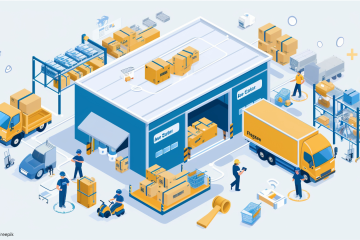



0 Comments